This text is only available in English.
This text is the sole responsibility of tasfilms and does not necessarily reflect the views of IOM and the European Union.
International Documentary Production: behind the scenes of “Making Migration Safer, More Informed and Better Governed”
Scope of the video production
In 2020, the International Organization for Migration (IOM), the UN’s migration agency, contacted me for an international documentary production. The task: to produce a 20-minute cross-regional documentary to highlight the work of the EU-IOM Joint Initiative for Migrant Protection and Reintegration.
The EU-IOM Joint Initiative brings together 26 African countries, the UN, and the EU around the shared goal of making migration safer, more informed, and better governed. The program has an extensive scope and involves a wide range of actors such as individual migrants, communities, local and international NGOs, governments, and intergovernmental organizations. It covers protection and assistance at the individual level, projects and partnerships at community and national level, as well as structural interventions and capacity building at a migration governance and policy level. Bringing all this together into one cohesive film would be my challenge for the next four months.
Here’s a behind the scenes glimpse of how the project came together:
International documentary production process
We started the video production process in the midst of the pandemic. Lockdowns, rapidly changing travel restrictions, and quarantine regulations meant that flying from country to country wouldn’t be wise or practical. Instead, we’d be relying on working with local crews in Niger, Ivory Coast, Sudan, Ethiopia, Tunisia, and Guinea.
Pre-production
As with every video production, the first step was to lay the groundwork. I met online with representatives from the IOM’s regional offices in Brussels, Dakar, Cairo, and Nairobi to define and narrow down the objective and target audience of the documentary production. We brainstormed the scope of the content, decided which countries would be best suited to address critical issues, and created a plan of action for production.
Part of this process was getting up to speed with the work of the EU-IOM Joint Initiative. For example, its approach to sustainable reintegration of returning migrants, its capacity to build partnerships with state and non-state actors, and its efforts to strengthen migration governance coordination mechanisms.
With a background in international law and experience working on productions centered around migration, I came equipped with some subject knowledge on the matter, and an understanding of the many sensitivities involved.
Next, I was tasked with organizing the practical arrangements. This included finding and contracting local film crews, translators, and interviewers; drafting briefing documents and organizing online briefing sessions in different languages; and planning the shoots in collaboration with the six country offices.
Production
Here’s a snapshot of what went on at some of our shooting locations:
Ivory Coast
We filmed in different locations in Abidjan, including at a school rehabilitation project. The reasons for this project were three-fold: to help returning migrants reintegrate through training in construction, educate community members against the stigma of returning migrants, and improve community infrastructure.
The shoot was met with some delay…
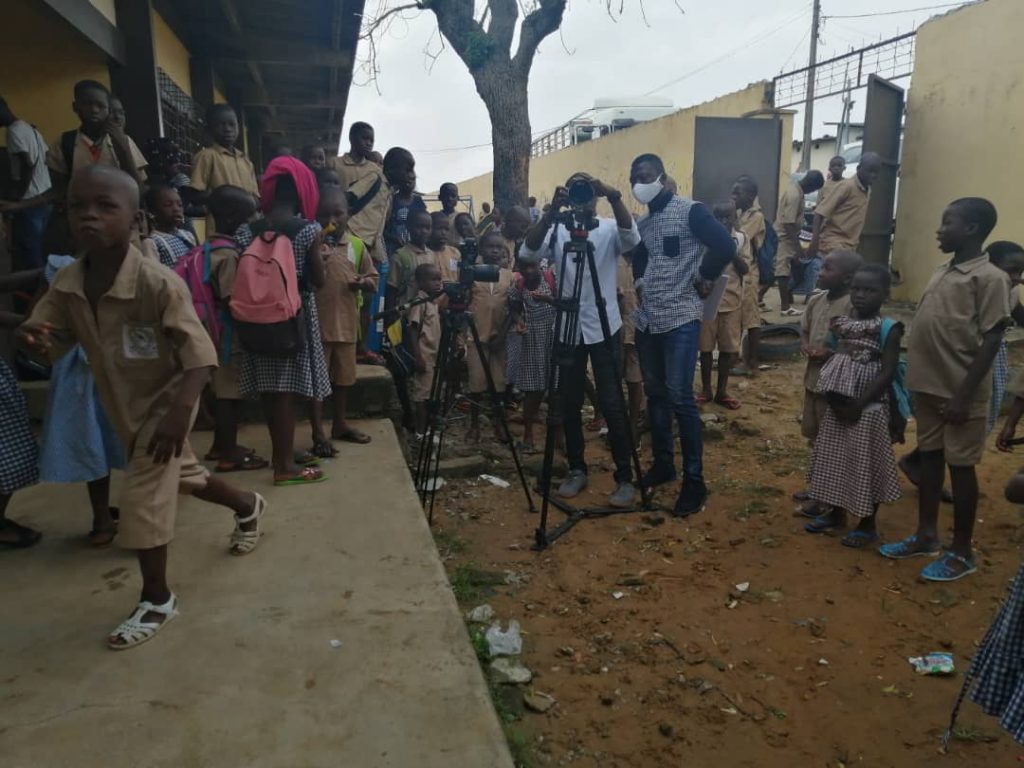
…which was quickly resolved when the bell rang.
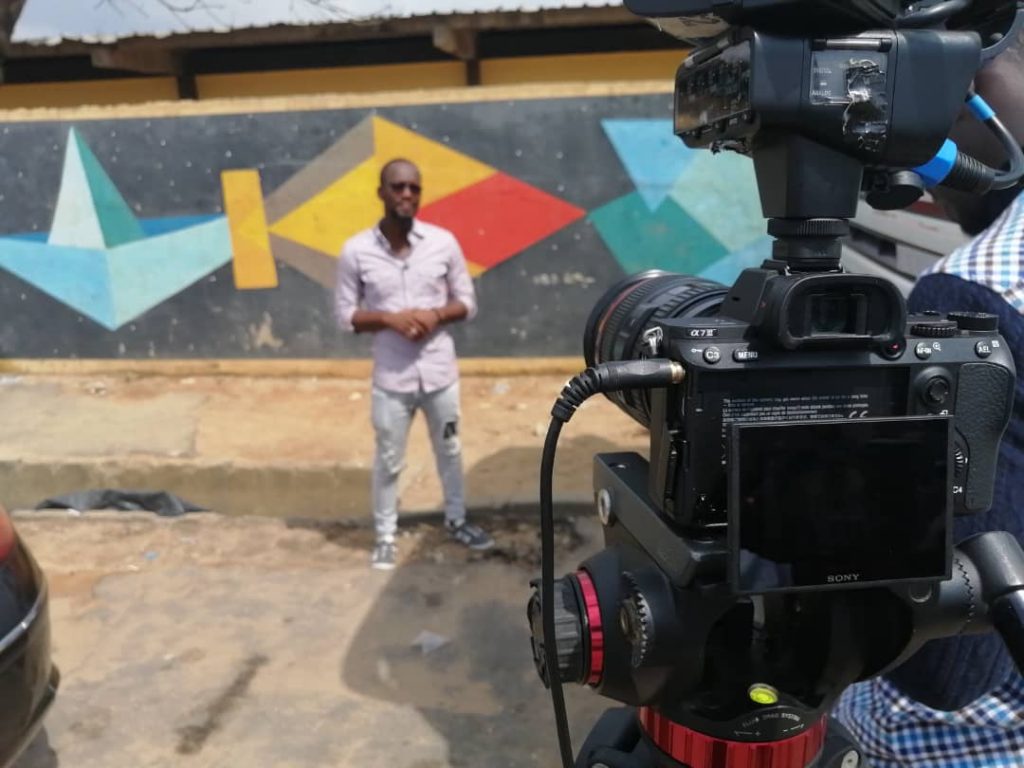
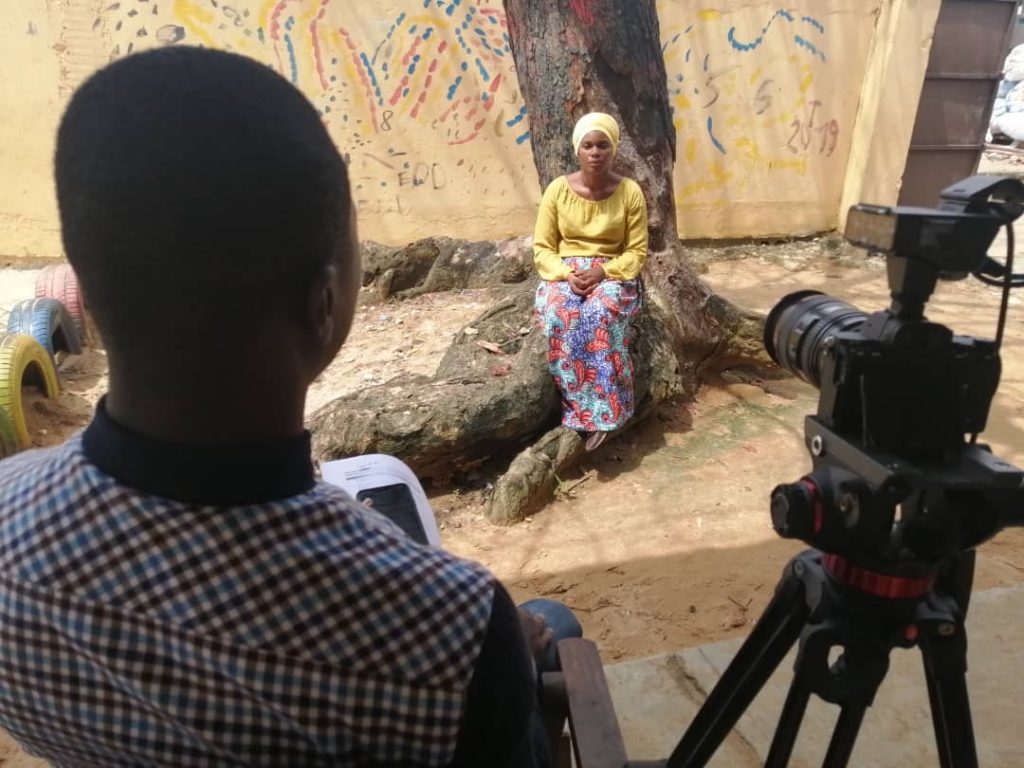
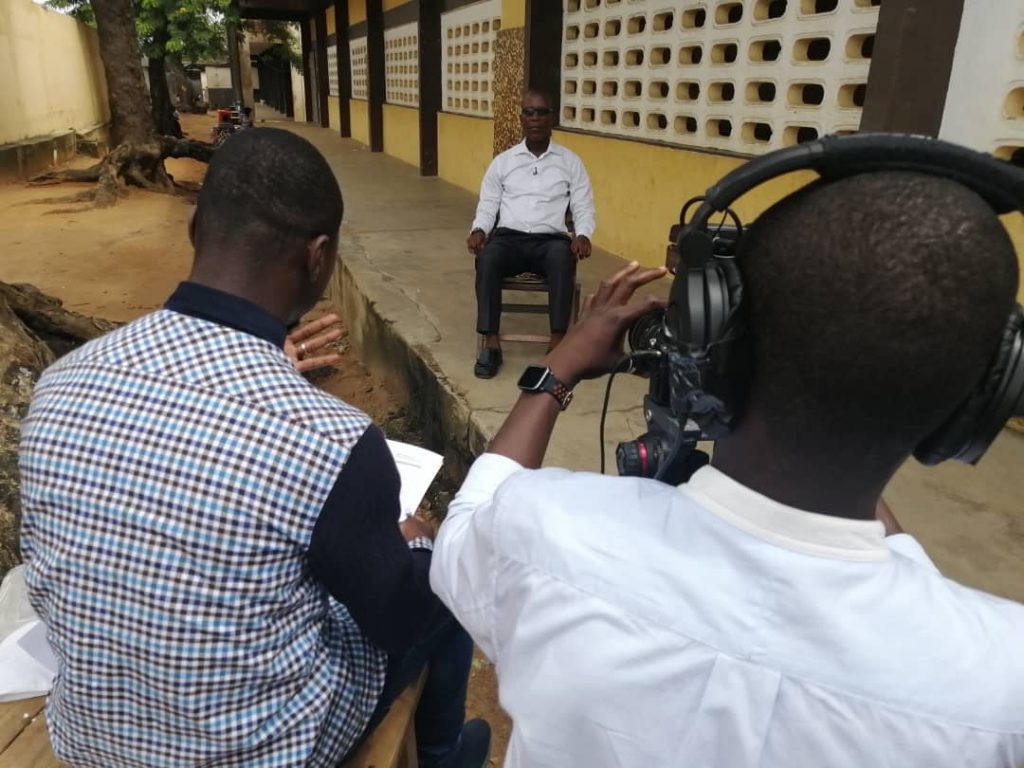
Niger
Our crew in Niger spent some time in the Nigerien capital, Niamey, and the city of Agadez. Situated on the edge of the Sahara Desert, Agadez is a major transit city for migrants hoping to reach Europe via Libya. They often get abandoned by smugglers and left stranded in the desert. One of these migrants was willing to share his story on camera anonymously. We also interviewed IOM and a Nigerien colonel about their collaboration in search and rescue operations in the desert.
Guinea
The shoot in Guinea focused on Mental Health and Psychosocial Support (MHPSS) for child returnees. IOM organizes recreational activities to help child returnees work through their experiences with irregular migration and social rejection. These outings allow the children to get to know each other, socialize, and finally be able to talk about their experience with the support of MHPSS professionals.
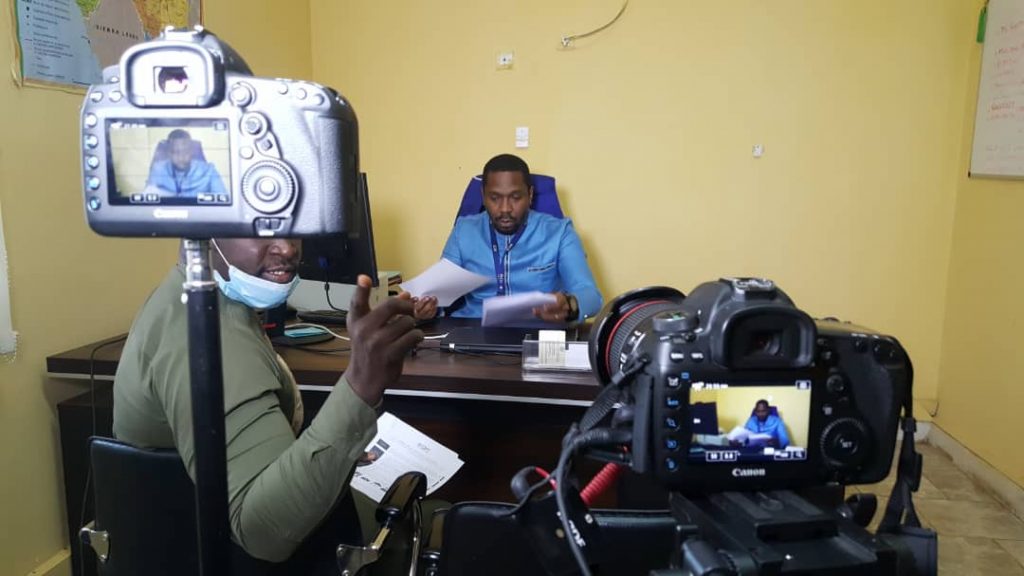
Sudan
The shoot in Sudan provided an insight into IOM’s Migrant Resource and Response Centers (MRRC). MRRCs are placed along key migration routes in both countries of origin and destination. They offer medical assistance, food, and temporary shelter for migrants, while also providing information on migrants’ rights and responsibilities and voluntary return and reintegration options.
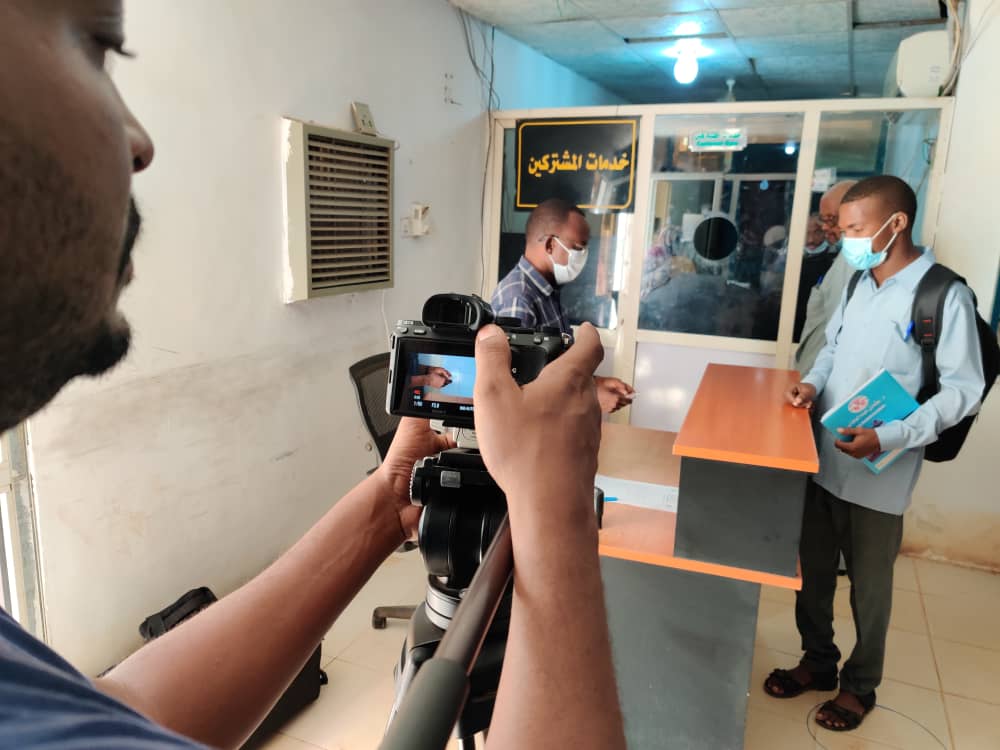
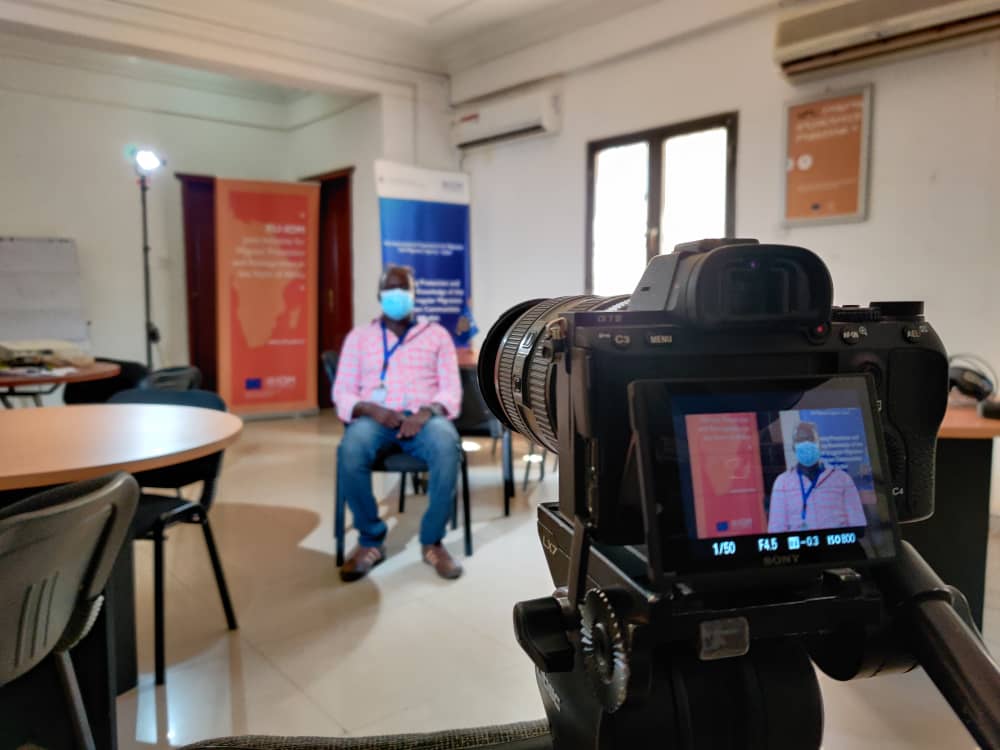
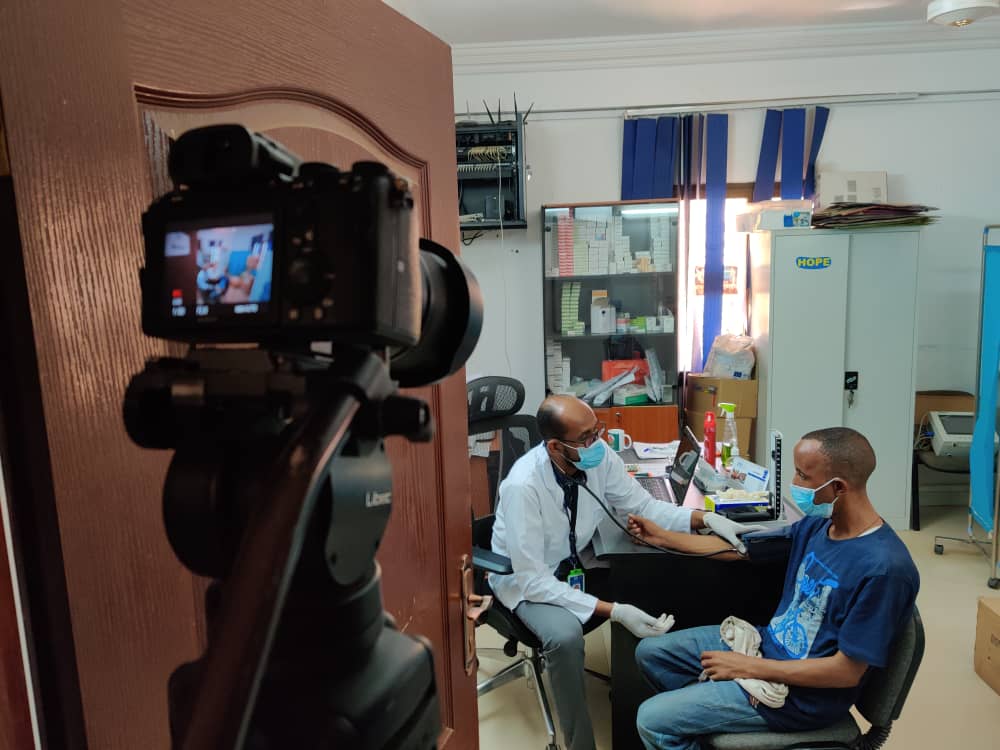
Ethiopia
One of the shoots in Ethiopia was in the rural Habru district in the Amhara region. This area suffers from drought and poor crop yields due to climate change, which has led to increased food insecurity and irregular migration. IOM works with a local implementing partner to help the community deal with, and adapt to, the consequences of climate change. We interviewed a local leader, project beneficiary, and the implementing partner.
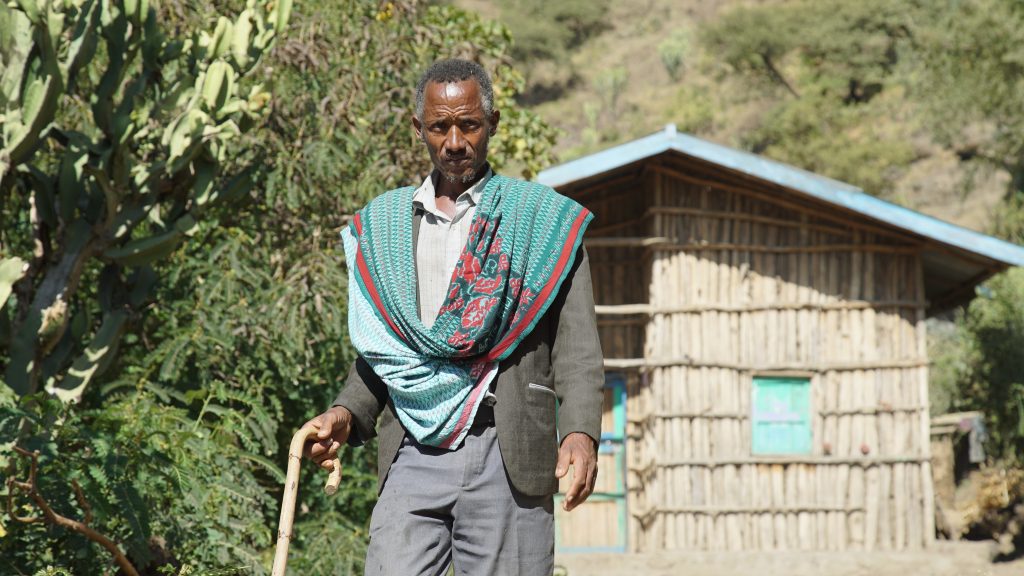
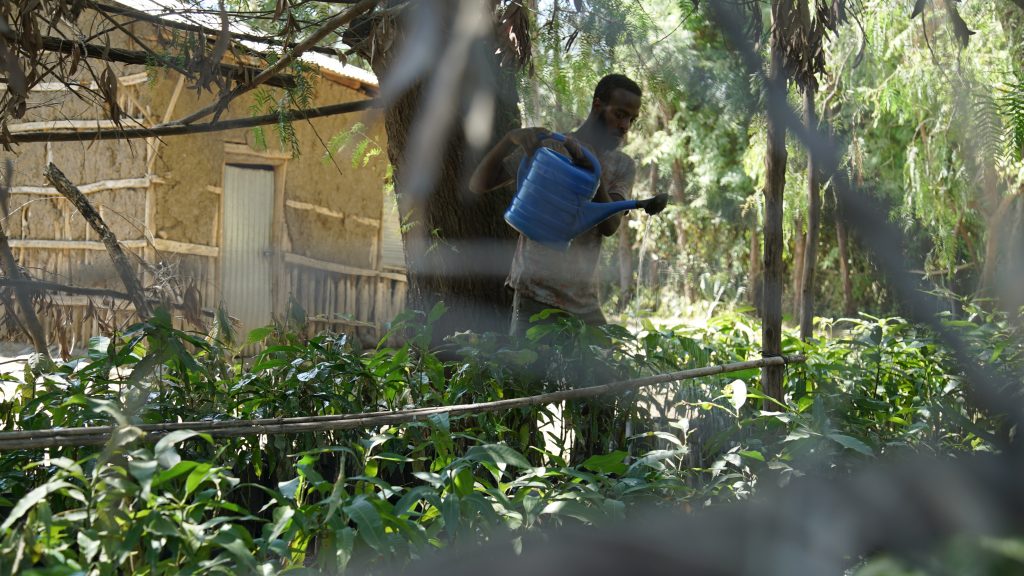
Post-Production
The next step would be getting all the footage transferred to my home office in The Hague. After several failed online transfer attempts, we settled on the old-fashioned route: the good old postal system. Eventually, all of the hard drives made their way through my front door.
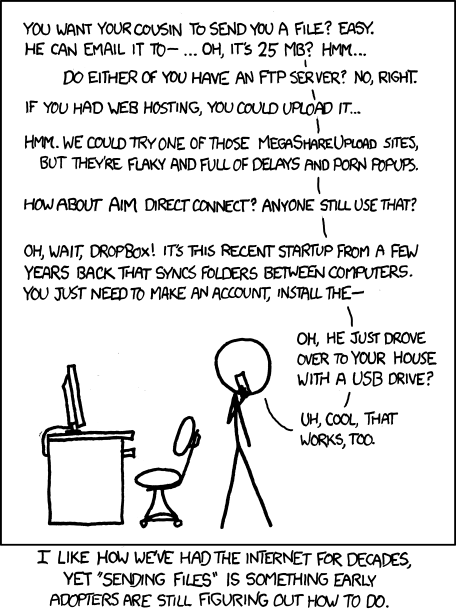
“File transfer” by xkcd is licensed under CC BY-NC 2.5
A good portion of the footage was in Amharic and Hausa, so I sent that out for transcription and translation before I could work on it.
Now it was time to sift through and edit over 20 hours of footage to compile a 20-minute documentary. When I talk to fellow filmmakers, it seems that video editing is a bit like pineapple on pizza: you either love it or hate it. For me, working with hours of unseen footage and piecing it together to form a meaningful story is my favorite part of the video production process.
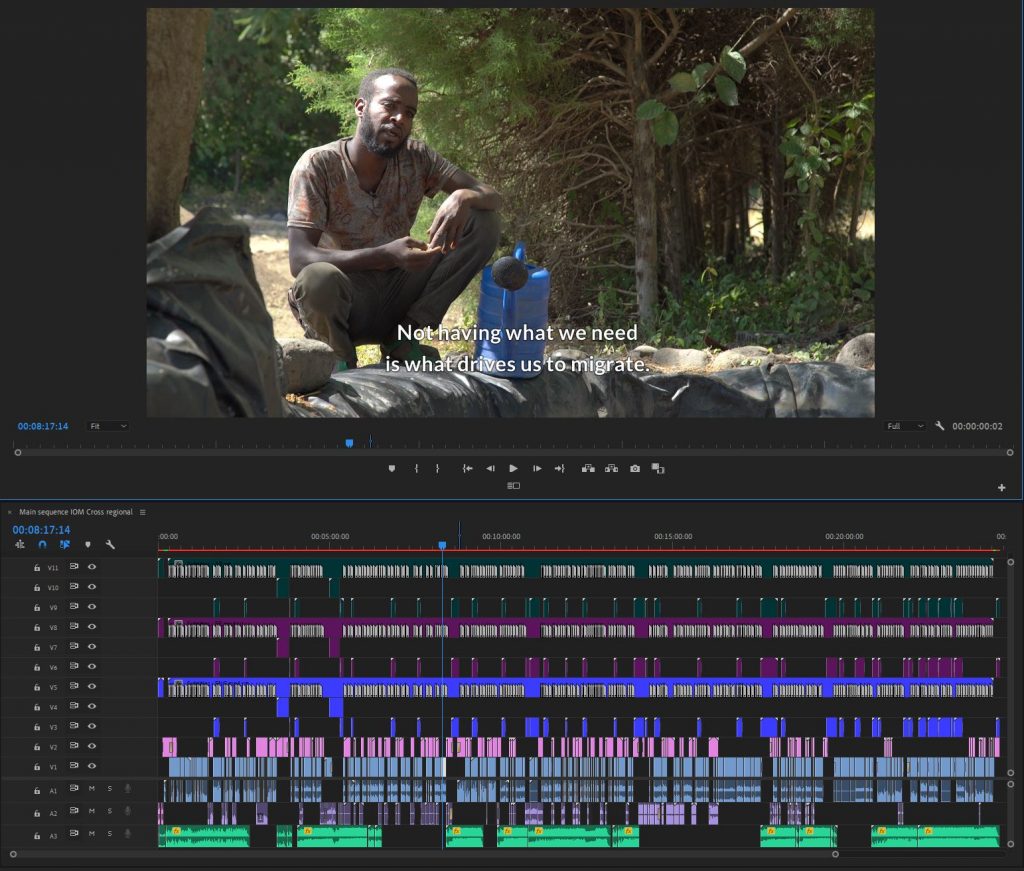
Got an upcoming international video production? Let’s talk!
If you’re looking for a video production company for your next international documentary production, don’t hesitate to get in touch! We’re an experienced team specializing in videos for international organizations, corporate videos, promotional material, and videos for IGOs and NGOs. If you would like to discuss any of your upcoming projects and want to know more about how I can help, please reach out on info@tasfilms.nl or +31 6 246 521 61.
About the author
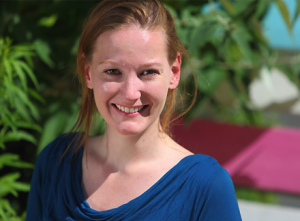
Francis Camstra
Video producer, tasfilms
Before discovering my love for video production, I began my career path in the legal field. I first gained a bachelor’s in Dutch law, followed by a master’s in Public International Law at Leiden University. After graduation, I worked for organizations in the area of international law and human rights.
Working in this field, I picked up invaluable insights into the world of NGOs, IGOs, and international organizations. In video production, it helps to have someone on board who understands your mission and the background behind it. That’s why quite a few of my productions are in a legal or related field. I’ve produced videos for nonprofits on issues such as local governance capacity building, and sustainable international finance. I’ve also done video productions for intergovernmental organizations such as the International Criminal Court, ICMPD, and the UN’s International Organization for Migration.
Many of my productions take place in my home country, the Netherlands. However, I also do a lot of international productions – preferably traveling with my crew or directing crews remotely. I’ve worked on productions in Indonesia, Palestine, Benin, Nigeria, Kenya, Guinea, Tunisia, Sudan, Ethiopia, Niger, Ivory Coast, France, Belgium, Switzerland, and Hungary. Check out examples of my productions at https://tasfilms.nl/portfolio/. Looking for a video production company? Request a quote.
Did you know we also offer photography? Check out: Photography for international organizations.
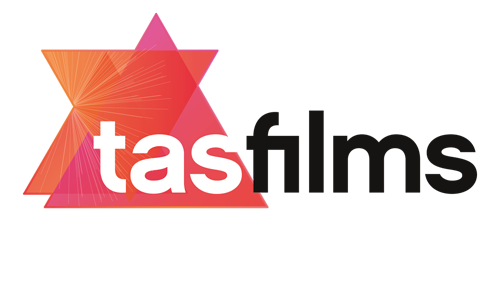
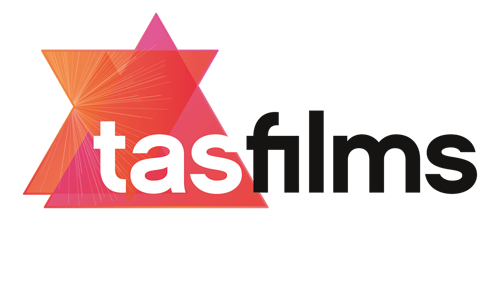

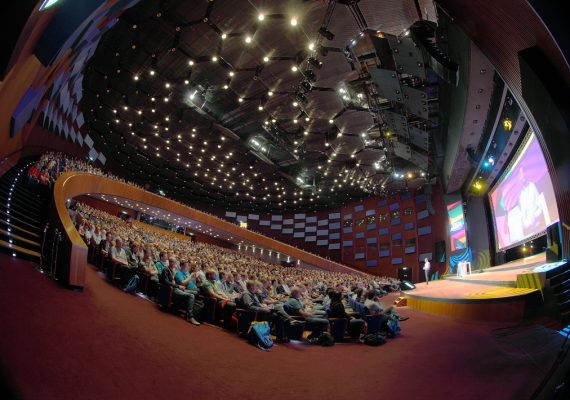


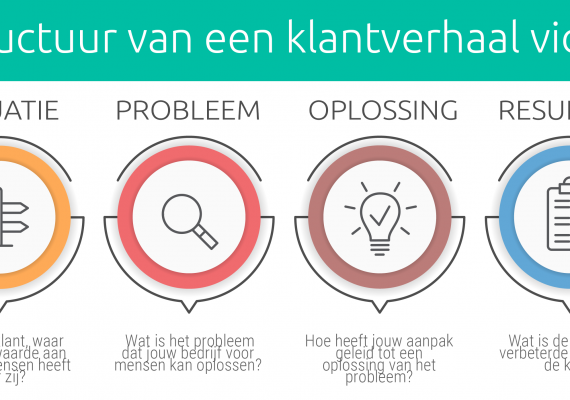
Sorry, the comment form is closed at this time.